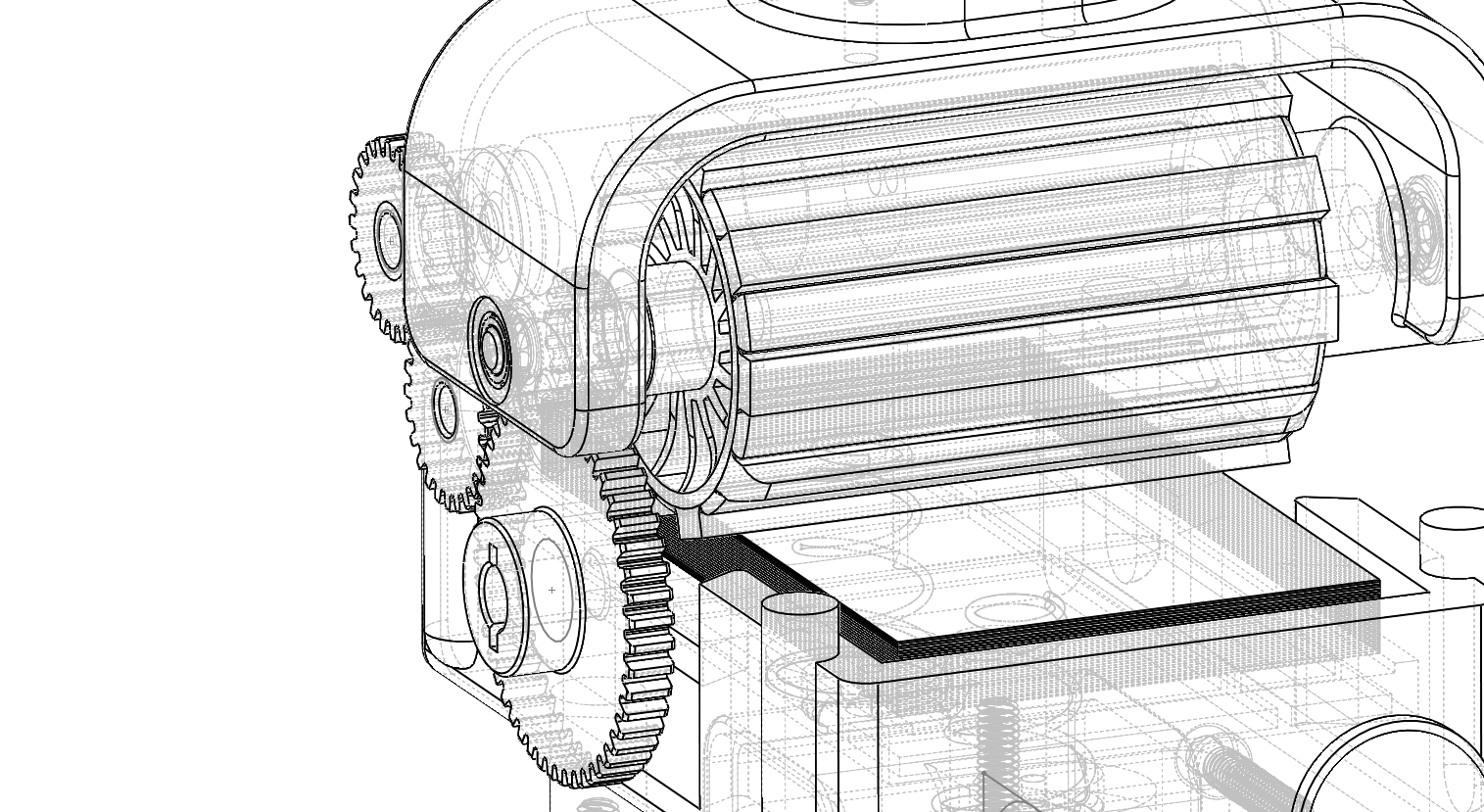Design:
- If you collect counterfeit phones as art, (that may or may not be within regulatory compliance and also sport some extra features: lighter, stun gun, etc.), it can be difficult to get them from their production sites in China to another continent. What's compelling about this approach to design and production is that it is so swift and localized, responding to needs or fads within a market as close to real time as is currently possible. As an art project it's a little less sensible. Simply removing objects from one cultural context as useful objects to place them in another as art to point to them as a sort of absurd curiosities is pretty tone deaf, and could be done with novelties from pretty much anywhere in the world.
- Tony Fadell (of Apple iPod & Nest-founder fame) talks to Fast Company about his anxiety surrounding the unintended consequences of design in digital goods/communication and fears about it alienating people from one another. These are hardly new concerns (that theme has been Sherry Turkle's stock-in-trade for years now), and they are far from consensus. The internet-in-your-pocket also allows immigrants across the globe a low cost way to stay in touch, helps disenfranchised groups support each other and organize, and incubates subcultures that challenge the status quo. In our opinion the more clear-cut moral hazard of consumer electronics is on the supply side: current labor conditions around the globe and a lack of environmental stewardship- especially when you consider electronic goods produced at the scale of iPods and Nest thermostats. This is an even more striking omission of concerns given that part of the root-problem analysis of the digital alienation question, as discussed in the article, was assigned to design myopia from homogeneous design teams made up of young white men with no children. If designers really want to make better choices about what they build and how it impacts society, we need to both have more representative teams and consider the larger contexts. One of our founders recently wrote about how design affects labor, and how we might become better about considering not just user pain, but producer pain.
Roadmapping the Future:
- The professional practices of Futurists, whether commercial or academic, are at their best a way of envisioning a multitude of futures that can coordinate current strategic and tactical moves in order to arrive at the best outcome. At their worst, they are indulgences to reassure nervous corporations, a sort of McKinsey-meets-crystal ball stunt that enriches a few but leaves on-the-ground practices unchanged. Because so much of the work of futurists is intangible, and by definition, flung out into a distant horizon, much of their work is invisible to those outside that particular industry, so this post from a practicing futurist questioning the value, role and impact of future-conjuring work is an interesting perspective to see.
- Related, On the Media's most recent episode surveys the landscape of the future, both the environmental and social realities that we may inherit due to climate change. It's a fantastic episode where the hosts are talking with science fiction writers, exploring why we need to spend more time imagining (realistically flawed) attempts at utopia instead of reveling in the nihilism of a predestined disaster.
Upgrading Ourselves:
- One thing that could hold back a cyborg future of technologically-enhanced bodies and brains: electronic interference causing those implants to go on the fritz. Gizmodo has a story on the risks involved in putting mission-critical electronics into the complex systems of the world, highlighting a case where it's believed a man was thrown into convulsions by his brain implant reacting to crossing the security scanner threshold of a Best Buy store. One can imagine that trying to error-proof sensitive implants becomes a staggering challenge when you think about global travel, or that unregistered and unregulated devices that may be emitting signals illegally.
Archiving:
- Two perspectives on how the things we keep or discard reflect philosophies on life, ideas about our own identities, and the material culture of a given place and time: one looking at how Marie Kondo's minimalism connects to how we create and consume digital artifacts like photos, and another that looks at closets as a site of "residual media" and offers a bit of historical context for emergence of secreted-away storage. As the closet piece points out, in our fast moving, high-tech filled era, closets also serve as a graveyard of designed obsolescence, a tangle of vestigial cords, embodied digital archives and inferior methods of capturing image, audio, and video. More than a junk pile, it represents ourselves over time, exploring the world and our identities as we move toward the self that fits us best.

